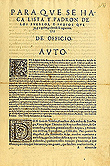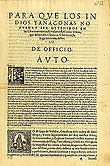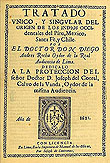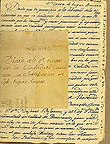Indians of Peru
An indigenous majority.
According to the dominant social thinking, Spanish colonists and Andean Indians constituted two separate “republics”: distinct societies sharing the same country, religion and king, but with their own languages, local leaders and social institutions. The relationship between the two republics was radically unequal. The exploitation of Indians by Spaniards was the basis for the colonial economy, and the silver produced by Indian forced labor in the mines of Potosí and elsewhere paid for Spain’s European wars, causing inflation as far away as China. But Peru’s Indians were never merely passive sufferers of colonial abuse. Throughout the colonial period they struggled, negotiated, and rebelled. A series of rebellions rocked the colony in the eighteenth century, culminating in the nationalist revolutions of Tupac Amaru and Tupac Catari in the 1780s, who sought, among other things, to revive the power of the Inca empire.





